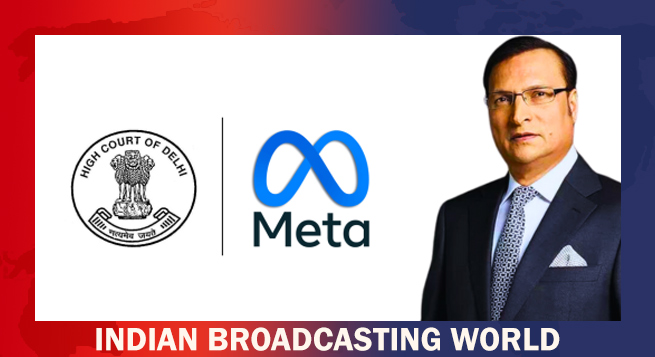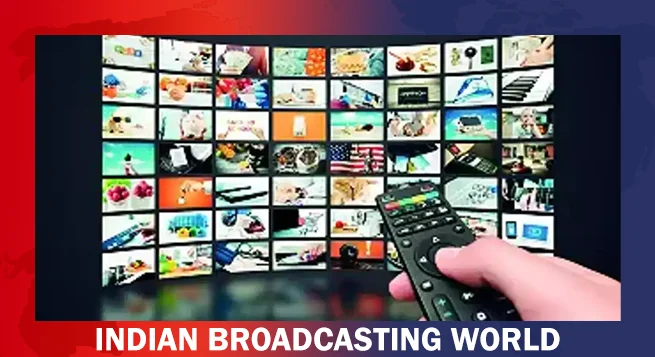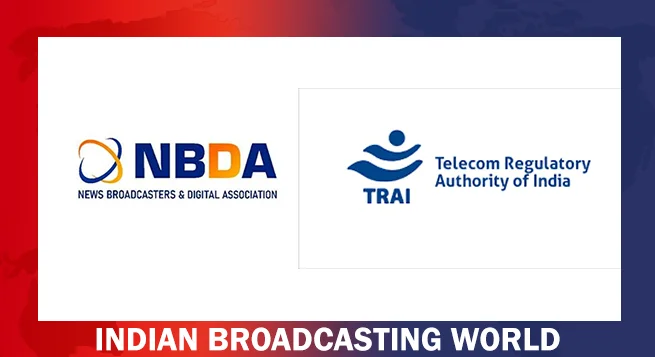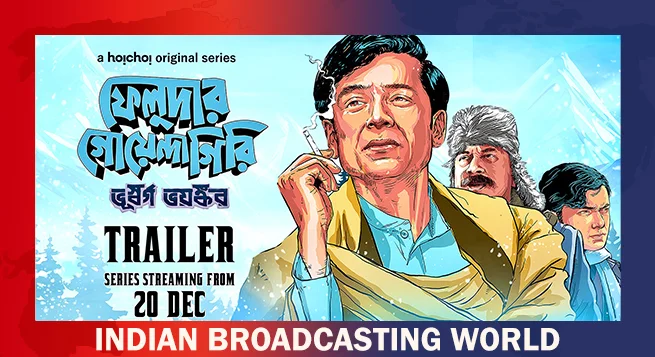Sony Pictures Networks India (SPNI), an Indian unit of Japan’s Sony Corp, has sent an advisory to distributors of TV channels that the Reference Interconnection Offer (RIO) that was issued under TRAI’s NTO1 regime has been extended till May 31, 2022 as the new tariff regime would come into effect in June.
“We are hereby further extending the term of the NTO 1.0 2019 RIO (which would have otherwise expired on March 31, 2022) for a period of two months i.e. from 1st April, 2022 up to 31st May, 2022,” SPNI said in the advisory sent recently to distribution platforms.
Owing to a pending court case, initiated by the broadcasters and some others in the Supreme Court, regulator TRAI had to postpone implementation of its new tariff regime (popularly known as NTO 2.0) to June 2022; especially as the litigants are attempting to thrash out contentious issues outside the court through a dialogue, which has managed to bridge the trust deficit between the broadcasters and the regulator.
In its communications to the distribution platform operators (DPOs), Sony has added that TRAI has extended the timeline for implementation of the new regulatory framework 2020 and specified June 1, 2022 as the effective date for the NTO 2.0 implementation when the end subscribers will have to be offered bouquets by the DPOs under the new regime.
“Accordingly, kindly note that the NTO 2.0 RIO published by us on our website shall now become effective only w.e.f 1st June, 2022 instead of 1st April, 2022,” the Sony advisory explained.
The media company has requested DPOs to execute the NTO 2.0 RIO within the timelines specified by TRAI, adding that “regulations prohibit the broadcasters to provide signals of the channels to the distribution platform operators in the absence of a valid interconnect agreement”.
Various LCOs’ organisations, along with some other distribution stakeholders, had written to TRAI earlier this year, highlighting hasty implementation of NTO 2.0 could result in massive financial losses to the cable operators and impact consumers —- more so as the broadcasters had pulled out from bouquets popular GECs and sports channels to put premium price tags on them on an a la carte basis, which is, of course, permitted under new regulations.
 Delhi HC orders meta to remove deepfake videos of Rajat Sharma
Delhi HC orders meta to remove deepfake videos of Rajat Sharma  Govt. blocked 18 OTT platforms for obscene content in 2024
Govt. blocked 18 OTT platforms for obscene content in 2024  Broadcasting industry resists inclusion under Telecom Act
Broadcasting industry resists inclusion under Telecom Act  DTH viewing going down & a hybrid ecosystem evolving: Dish TV CEO
DTH viewing going down & a hybrid ecosystem evolving: Dish TV CEO  New adventure of detective Feluda debuts on Hoichoi Dec. 20
New adventure of detective Feluda debuts on Hoichoi Dec. 20  ‘Pushpa 2’ breaks records as most watched film of 2024: BookMyShow Report
‘Pushpa 2’ breaks records as most watched film of 2024: BookMyShow Report  Hungama OTT unveils ‘Pyramid’
Hungama OTT unveils ‘Pyramid’  Amazon MX Player to premiere ‘Party Till I Die’ on Dec 24
Amazon MX Player to premiere ‘Party Till I Die’ on Dec 24  aha Tamil launches ‘aha Find’ initiative with ‘Bioscope’
aha Tamil launches ‘aha Find’ initiative with ‘Bioscope’  Netflix India to stream WWE content starting April 2025
Netflix India to stream WWE content starting April 2025 








